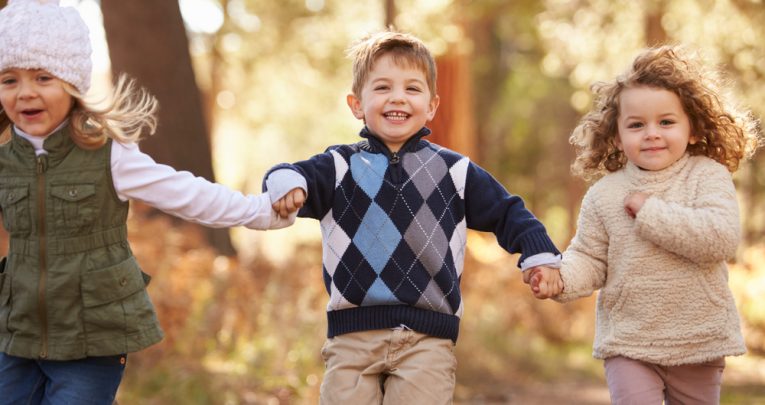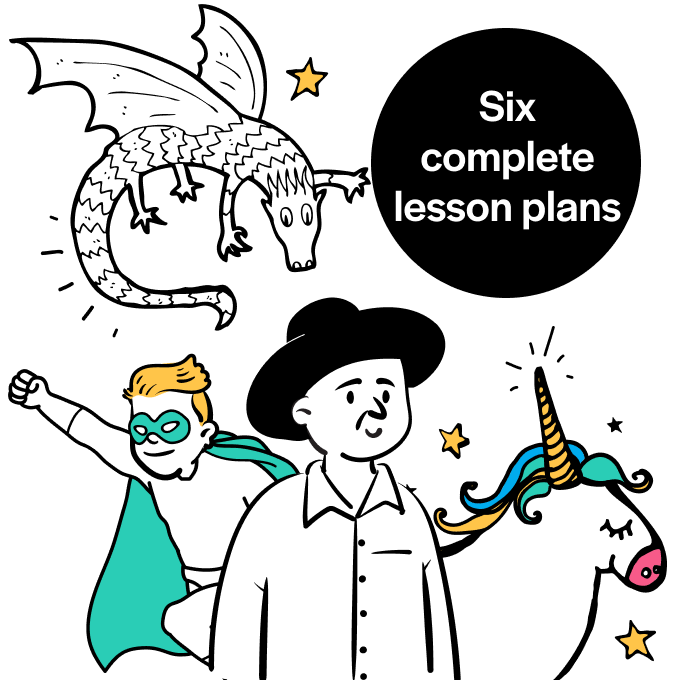Early Years Al Fresco – The Case For Outdoor Learning

As summer gives way to what's shaping up to be a pleasant autumn, here’s Kathy Brodie with some great reasons to learn in the fresh air…

- by Kathy Brodie
- Consultant, trainer, author and founder of Early Years TV Visit website

Playing outdoors is a unique, full sensory experience that provides young children with opportunities to learn in a whole new way.
There are the obvious benefits to experiencing the natural world, with its diverse plant and animal life, and having a different space in which to engage in some hands-on exploration – but there are also many other aspects of learning and development that can be easily stimulated outside of the classroom.
Outdoor learning can enhance creativity, promote adaptability and encourage physical development in a host of ways – just take a look at the learning that takes place around a humble mud kitchen (see point 2 below) and you’ll see what I mean!
Here, I have highlighted just a few of the distinct advantages that outdoor experiences can offer in terms of children’s learning and enjoyment…
1. Growing potential Planting seeds and seedlings that will produce fruit and vegetables encourages children to watch their progress and find out about the food that they eat. It can also stimulate discussions about children growing up and how they change as they grow.
2. Get creative A mud kitchen encourages children to use their imagination and creativity to produce make-believe ‘delicacies’ using pots, pans and sieves. Outdoors, they can get as messy as they like, with no problems about clearing up afterwards. Similarly, they can experiment with water cascades, water walls, hosepipes, pools and ponds outdoors, without having to worry about spillages. Bubbles take on a whole new dimension when there is room available to run around popping them.
3. Express yourself A stage or a raised performance area is perfect for children keen on performing their own shows or songs – and they can really use their acting skills and project their voices when outside. Even without a formal stage, children can re-enact favourite books using a large outdoor space as their expressive platform (think We’re Going on a Bear Hunt). You may have children who are very quiet indoors, but when given freedom and space outdoors, become very animated and excited.
4. Physical development Gross motor skills can be stretched outdoors, with everything from circle games to football. Setting up obstacle courses that require children to balance on raised planks, or having equipment where children can swing, will develop the vestibular system (sense of balance). Children are more able to move in different ways outdoors, from running to hopping and skipping. These are all experiences that help children understand where their bodies are in space and how to control their movements.
Trending
5. Exploration and discovery Outdoors, children can discover all types of creatures and mini-beasts. This can spark discussions about habitats, ways of moving (how do worms move without legs?) and the anatomy of living things. In the natural environment, you can share this sense of discovery with the children as you look for mini-beasts or watch birds together. Since the outdoors is a less prepared environment, there will be many more opportunities for spontaneous discovery, encouraging children’s independent thought processes.
6. Tackling trajectory Children with a trajectory schema are interested in the effects of throwing and movement through the air. This can be explored much more effectively outdoors, where there is room to throw or kick beanbags or balls. It’s beneficial to have equipment such as balls on a string out permanently. Encourage children to investigate this type of play outdoors, to develop their thinking about trajectories and help them make connections between movement and consequences in a relatively safe environment.
7. Be adaptable It’s very easy to adapt the outdoor area – for example, using chalk markings on the ground for racetracks or hopscotch. Dens are a good environment for children’s sustained shared thinking and conversations, and outdoors they can also provide shelter from sun and rain, making them an excellent addition. Outdoors, where things are less controlled, the diverse and evolving needs of most children can be better met, while also enabling them to be stretched and challenged.
Flexible learning
The great outdoors is always offering something new, free from the constraints you may be governed by indoors… Natural changes caused by the weather can be used to challenge children’s thinking. They can consider the nature of the wind, for example, and how we can harness it with streamers, kites and wind chimes. More subtle changes, such as the position of the sun and its effects on the length and position of shadows, can also be investigated.
It’s easier to leave creations such as fairy glens set up outdoors so that children can return to their play at a later date, extending their interests and developing their learning.
Kathy Brodie is an Early Years Professional and trainer based in East Cheshire; for more information, visit www.kathybrodie.com or follow @kathybrodie







